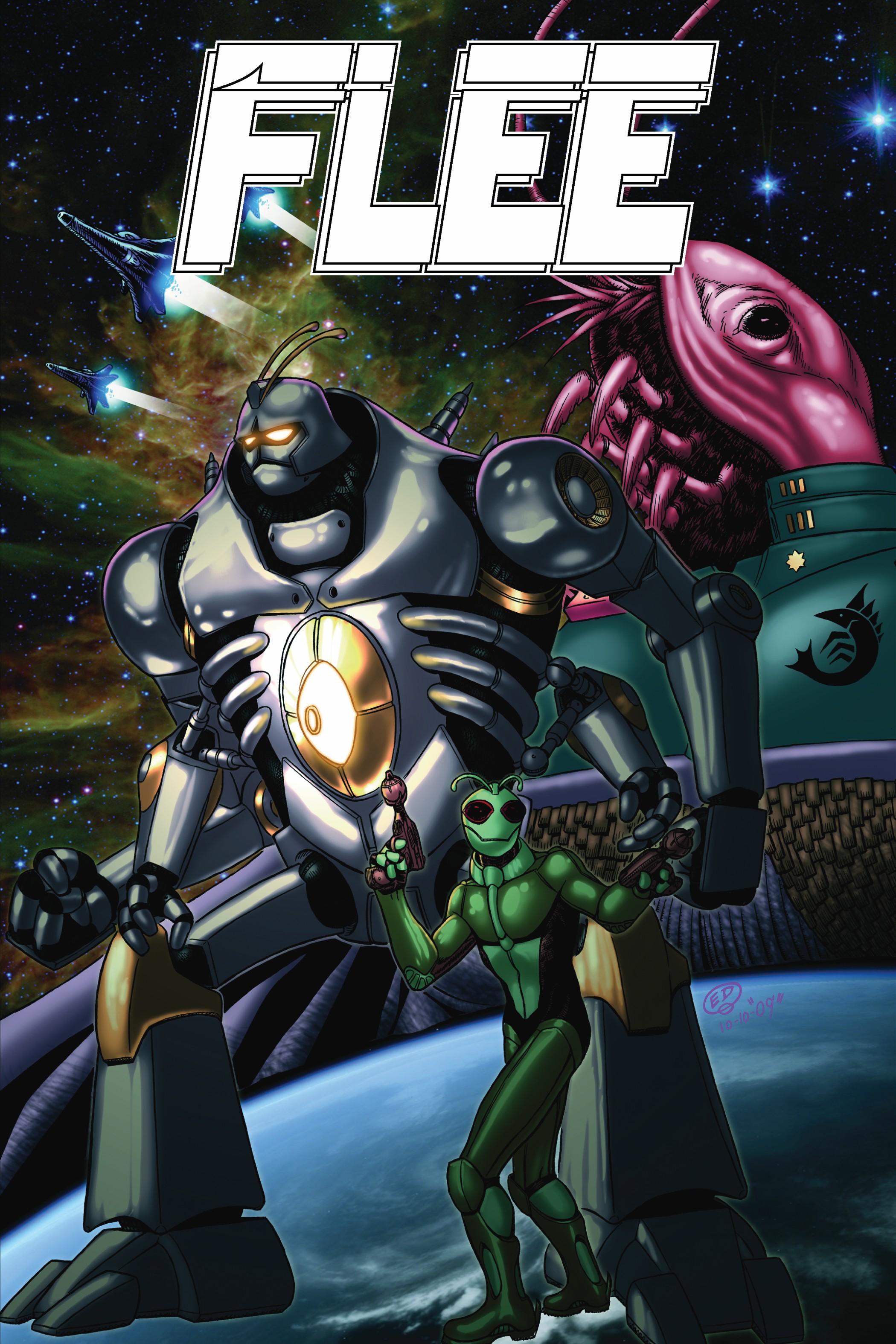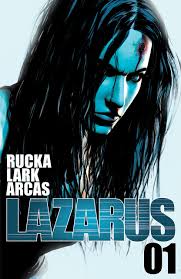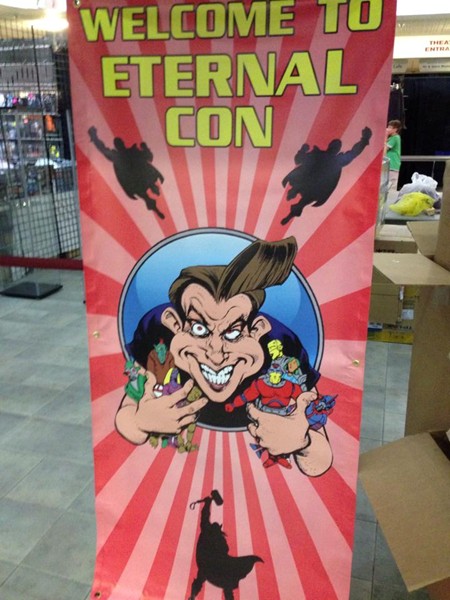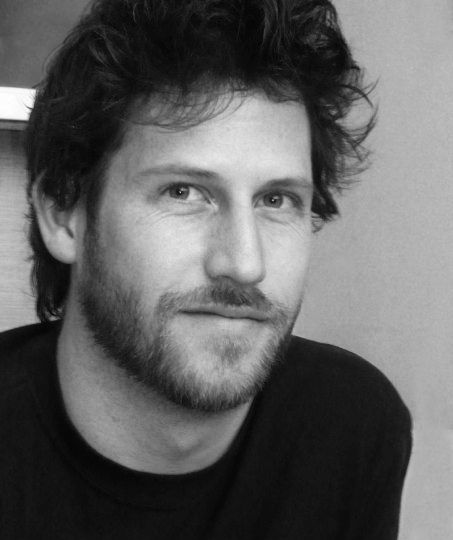
Tim Gibson’s Moth City, a riveting mystery tale of suspense set during the Chinese Civil War, marks a strong debut comic for the first-time author.
To date, he’s put out four installments of Moth City for purchase through comiXology while utilizing the full gamut of digital enhancements to make it one of the more interesting and innovative works of the last year.
Again, that’s a pretty strong statement out of the gates for someone marking their debut release of a comic book. However, the strong critical reception to Moth City isn’t surprising when considering Gibson’s strong artistic background.
Getting his start doing 3-D modeling and lighting for Weta Productions, home to New Zealand’s burgeoning film industry, Gibson shifted gears to work as a concept designer at their sister company Weta Workshop.
“I have the world’s shortest attention span,” says Gibson. “I’ve been obsessed with drawing, animation, graphic design, writing, and film. Apparently, this diverse range of interests and skills were useful in Wellington’s burgeoning film and TV industry.”
And useful they were. Gibson’s short attention span put him through an evolution of art and craft, which provided him a springboard to work on some of the biggest projects in film.
“That’s where I got to work on movies like Avatar, Tintin, and District 9 as a designer,” says Gibson. “I even did Batman and J’onn J’onzz designs for an early Justice League film. By the end of it, I had stolen enough tricks from my peers to ‘almost’ know what I was doing.”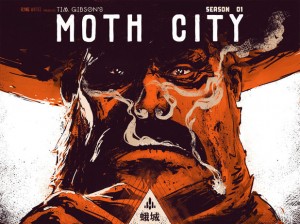
At this point, one has to wonder why an artist who had racked an impressive resume working on some of the best films over the last decade would bolt for the lower profile, lower paying work of comic books.
“It was a hard decision,” says Gibson. “Film is hard to get into; getting a concept design spot at a place like Weta is kind of the holy grail for a whole segment of artists. It was an amazing place, and I learned a bunch.”
Like most creative types, Gibson’s desire went beyond simple black and white reasons. His artistic muse was beckoning him down a path untraveled because he was finding that no matter how good he was with his craft, it would have little impact if he wasn’t able to work in the “broad strokes” of directors and writers running his projects.
“Caveat complete, my art career has been this slowly swinging pendulum between creativity and craft,” says Gibson. “As an artist, you need both. As a commercial artist, craft is especially important.”
The work experience Gibson had left him feeling like he had to invest in being craft focused due to the large scale and processes of big budget films.
“Over time, I felt I was getting better and better at my craft, but my overall creativity was taking a dive,” says Gibson. “I had some stories I wanted to tell of my own, and comics was really the best place for an individual to tell a visual story like Moth City. So I plunged back into my childhood love of comics.”
 Living in New Zealand, Gibson didn’t have mainstream American comics available to him as a child. Instead, he read Tintin, Asterix, and the 2000 AD comic books from Europe. This international approach certainly influenced his unique tastes in artists and writers.
Living in New Zealand, Gibson didn’t have mainstream American comics available to him as a child. Instead, he read Tintin, Asterix, and the 2000 AD comic books from Europe. This international approach certainly influenced his unique tastes in artists and writers.
“I find my ‘favourite artists’ change a lot as I get older – probably away from style and towards substance,” says Gibson. “I have some posts at my blog where I showcase some of my favourite modern and classic comic book illustrators.”
His writing tastes are just as varied, including Mark Waid, Eric Powell, early Frank Miller, René Goscinny, Hergé, Art Spiegelman, and Jason. He also has been enjoying some of the more mainstream American comics like Saga and Hawkeye while also emjoying some quirky selections like the “Ink and Thunder stuff, and an interesting indie comic called Nathan Sorry among other things,” says Gibson.
With a desire to work on his own project, and his love of unique comics, it was only a matter of time before Gibson started working on what eventually became Moth City. Started as a mini-comic that featured the Moth City characters McCaw and his daughter, Gibson detailed their adventures prior to coming to the island.
“Thematically it’s quite important to the Moth City world, but not essential to understanding the plot,” says Gibson. “Currently, it’s only available to my mailing list subscribers or at my site, but comiXology have asked to have it, so I’ll make it available there at some point.”
Moth City “grew into a bit of a monster,” and Gibson took the plunge into a larger story written for the long haul, but the genesis of idea for Moth City isn’t quite that simple to pinpoint.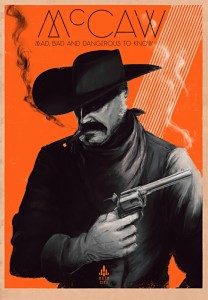
“That’s hard to answer,” says Gibson “I’ve been thinking about the Moth City story for a long time, from back in my Weta days. One of many original germs of the idea was ‘what would happen in a 1960’s era Cuba if civil strife and infection happened at the same time.’ Readers will note that more than a few things have changed since then.”
Those changes have included interesting decisions that lead to a design aesthetic that captures the vibe of Golden and Silver Age comics, but with a gritty pulp effect that harkens back to the dreadful pennies. Having said that, there’s no easy reference for Moth City’s style.
“Again, (that’s) hard to pinpoint because Moth City has had such a long gestation period,” says Gibson. “A lot of pre-code genre inking, 1970’s Kung Fu movies and 1970s/80s comic colouring.”
Gibson plans on finishing Moth City upon its fourth season with the real possibility that it will be released upon completion in paper as a graphic novel.
“The story is actually a graphic novel,” says Gibson. “The serialisation thing just happened along the way, and I’m really glad it did, but the intent was always a complete story arc.”
Season 2 just saw two central characters meet their end, but even that isn’t something readers can count on with the new developments in the plot with the chemical weapon that make the dead living. Where Gibson takes , depends on many factors
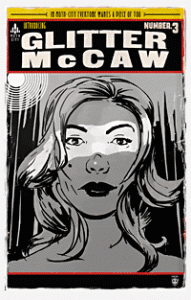 “We’ll see,” says Gibson. “A lot of it depends on whether I’ve found a sustainable way to continue working on it. In a lot of ways it’s up to the support it gets from fans and industry. Comics take a long time to create, especially when you’re covering the whole project solo like I am, and I need to get back into some commercial work to keep myself in booze and books.”
“We’ll see,” says Gibson. “A lot of it depends on whether I’ve found a sustainable way to continue working on it. In a lot of ways it’s up to the support it gets from fans and industry. Comics take a long time to create, especially when you’re covering the whole project solo like I am, and I need to get back into some commercial work to keep myself in booze and books.”
That next plunge includes a dip back into the movie industry.
“I have an exciting freelance WWI animation gig coming up, and I tend to wake up at 4:30 a.m. every morning with new ideas,” says Gibson. “Who knows? I’d love to do more comics, though it’d be much easier to achieve in a collaborative capacity than the jack-of-all-trades I’m doing with Moth City.”
Moth City comes out in weekly installments at www.mothcity.com and at Mark Waid’s Thrillbent site as well as downloadable issues via comiXology.






